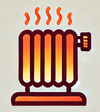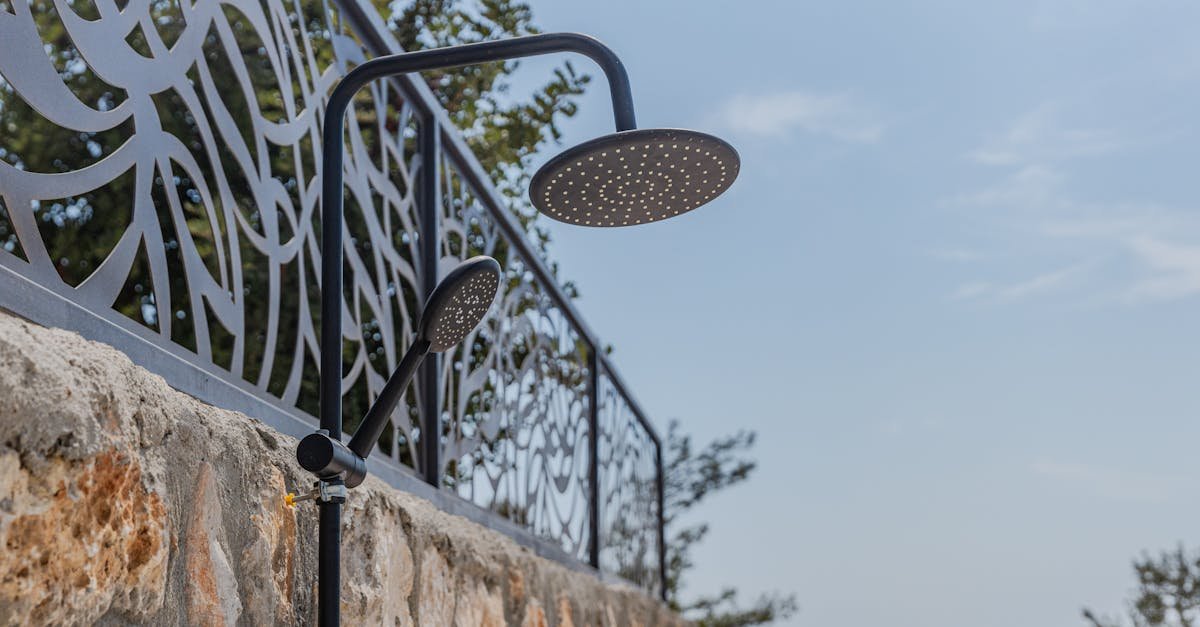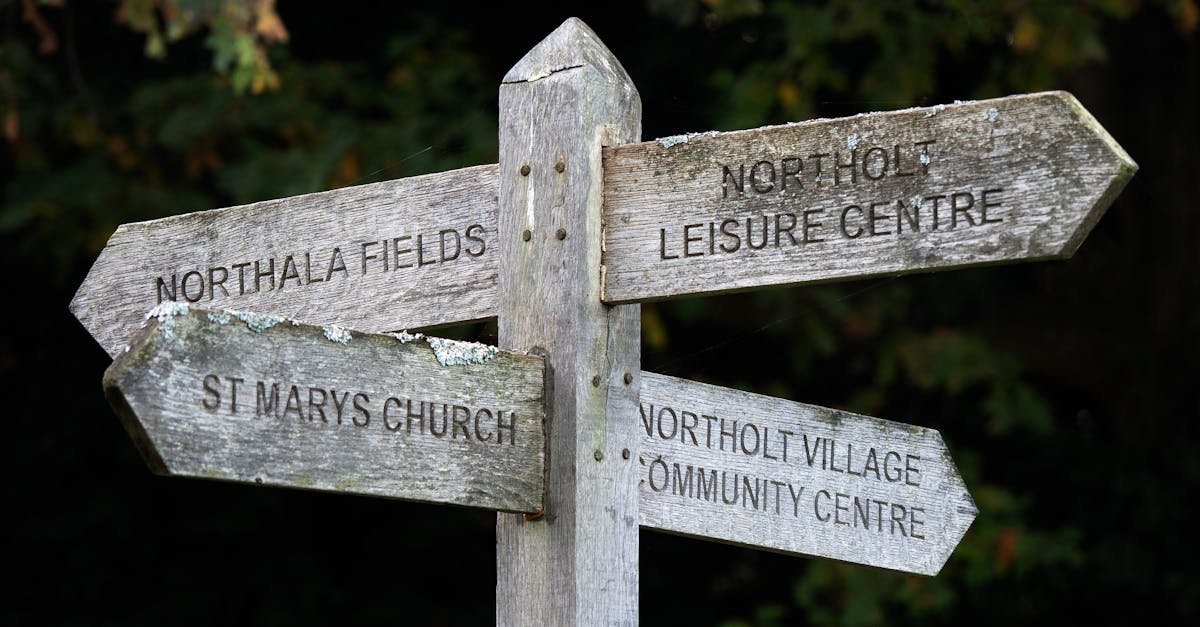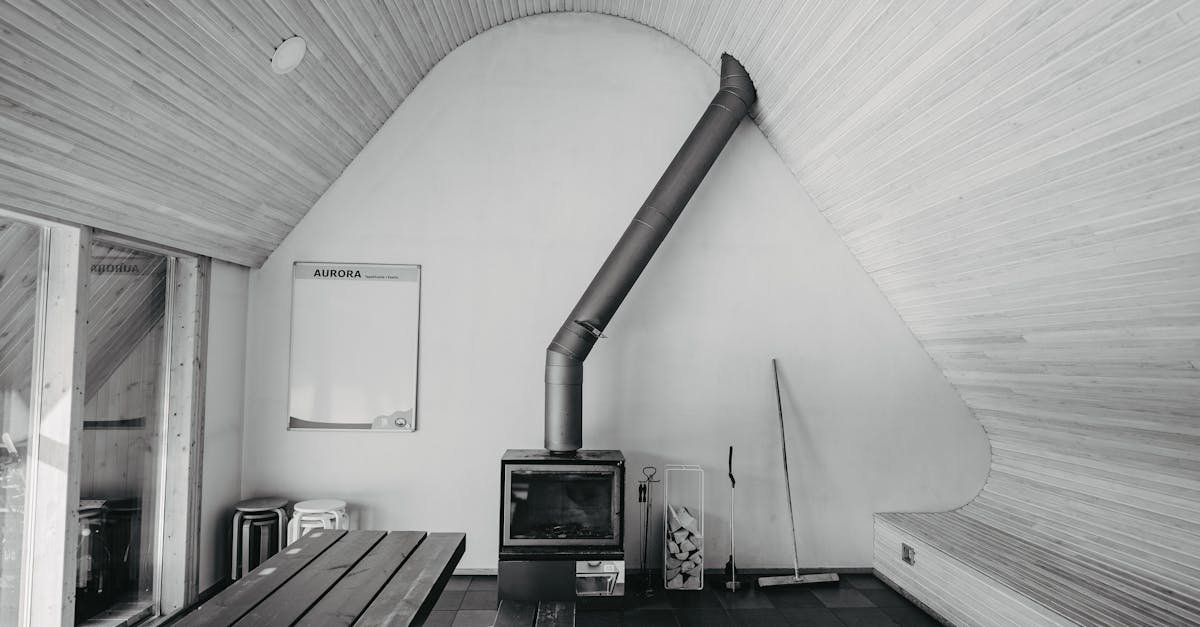Installing a patio heater is a straightforward process that can transform your outdoor space into a cozy retreat. Start by choosing the right location—ensure it’s away from flammable materials and has proper ventilation. Next, gather your tools, which typically include a wrench, screwdriver, and level.
Once you have everything ready, follow the manufacturer’s instructions for assembly and connection. Whether you’re using a propane or electric heater, safety is key—double-check all connections and perform a test run to ensure it’s functioning properly. With these steps, you’ll be enjoying warmth and ambiance in no time.
Patio Heater Installation Guide
Follow this guide to install your patio heater safely and effectively.
Pre-Installation Checks
- Confirm all parts are present. Compare them with the package contents and hardware lists. Don’t proceed if any part is missing or damaged.
- Review the installation, operation, and maintenance instructions carefully before starting.
Safety Precautions
- Use the heater only outdoors in well-ventilated areas. Avoid enclosed spaces like buildings, garages, or basements.
- Keep the heater away from flammable liquids or vapors, especially gasoline.
- Install the heater on a solid, level surface. Use ground screws to secure the base if necessary. Avoid inclines greater than 15 degrees.
Assembly Steps
- Attach the wheel assembly to the base. Use the provided bolts and nuts for secure attachment.
- Follow the assembly instructions closely for each step. Ensure that connections are tight and stable.
This guide helps you install your patio heater correctly, ensuring safety and long-lasting enjoyment of your outdoor space.
Types Of Patio Heaters
Patio heaters come in several types. Each type has unique features. Understanding them helps in making the right choice for your outdoor space.
Gas Patio Heaters
Gas patio heaters use propane or natural gas. They provide strong heat and work well for larger areas.
Installation and Safety Considerations:
- Install the heater outdoors in a well-ventilated area. Using it indoors can cause serious safety issues, including injury and property damage.
- Follow local codes or the National Fuel Code (ANSI Z223.1) and the National Electrical Code (ANSI/NFPA70), if applicable.
- Check for damaged parts, like hoses, regulators, or burners, before use. Turn off and disconnect the LPG cylinder before moving the heater.
- Use the heater on a solid, level surface. Avoid using it in basements or below ground level.
- Perform leak tests before each use. Use a soapy solution to check for leaks around connections.
Assembly:
- Assemble all gas connections securely. Connect the regulator assembly to the propane tank.
- Ensure all parts are present. Compare them with the package contents list before beginning assembly.
Electric Patio Heaters
Electric patio heaters provide convenience and ease of use. They plug into a standard outlet.
Installation and Safety Considerations:
- Choose a location away from water sources. Avoid using them in wet areas to prevent electrical hazards.
- Use outdoor-rated extension cords designed for appliances to maintain safety.
- Keep the heater at least three feet away from flammable materials.
- Test the heater after installation to ensure all connections function properly.
Assembly:
- Assemble according to the manufacturer’s guidelines. Ensure the mounting brackets are secure.
- Use a level to confirm the heater is straight, enhancing both safety and aesthetic appeal.
Propane Patio Heaters
Propane patio heaters offer portability. You can move them easily, making them great for events.
Installation and Safety Considerations:
- Choose a flat, stable surface for safety. Avoid areas near flammable materials.
- Always keep a fire extinguisher nearby when using propane heaters.
- Inspect hoses and connections for leaks. Perform a leak test with soapy water before use.
- Assemble according to the provided instructions. Ensure all connections are tight.
- Check that the propane tank is securely attached. Follow all safety standards during the connection process.
Preparing For Installation
Preparing for patio heater installation involves a few key steps. Ensure you follow these guidelines for a smooth process.
Choosing The Right Location
Select a safe location for the patio heater. Position it away from flammable materials like furniture, curtains, or grass. Place the heater on a flat surface for better stability. Ensure the area has good airflow to prevent gas buildup, especially for gas models. Avoid using the heater in enclosed spaces. Ideal spots include outdoor patios, decks, or large backyards.
Safety Considerations
Prioritize safety during installation and use. Check for any damaged parts before starting. If you notice any issues, reach out for replacement parts. Verify the gas connections are tight for gas heaters, and perform a leak test using soap solution. This step ensures no gas escapes. Keep a fire extinguisher nearby for emergencies. Always supervise the heater while in use, especially around children and pets. Following these safety steps ensures a secure and enjoyable outdoor experience.
Installation Process
Installing your patio heater involves clear steps and specific tools. Follow this guide for a seamless process.
Tools Required
Gather these tools before starting your installation:
- Wrench: Helps tighten connections.
- Screwdriver: Required for securing parts.
- Level: Ensures proper alignment.
- Measuring tape: Measures distances for mounting.
- Safety goggles: Protects your eyes during assembly.
Ensure you have all tools at hand for an efficient installation.
Step-By-Step Installation
Follow these steps to install your patio heater:
- Select Location: Choose a flat surface away from flammable materials. Ensure ample airflow around the heater.
- Check Parts: Verify that all parts are present and undamaged.
- Mount Heater: Depending on your model:
- Ceiling Mount: Maintain a minimum clearance of 8 feet from the floor.
- Flush-Mount: Use the appropriate cavity size based on your specific model.
- Wall Mount: Install at least 6 feet above the floor and 5 feet away from any overhead structures.
- Secure Connections: Use a wrench to tighten any loose parts. Make sure all connections are secure.
- Follow Instructions: Refer to the manufacturer’s manual for specific guidance on assembly and connection.
- Perform Safety Checks: Conduct a test run to ensure everything functions correctly and safely.
By following these steps, you can enjoy warmth and comfort in your outdoor space efficiently.
Maintenance Tips
Maintaining your patio heater ensures its longevity and safety. Regular upkeep prevents issues and enhances performance. Here are some essential maintenance tips.
Regular Cleaning
Clean your patio heater regularly to remove dust and debris. Use a soft cloth and mild soap. Pay special attention to the burner area. Ensure any blockages are cleared away. Check the reflector for dirt build-up, as it can affect heat output. After cleaning, dry the surfaces well before using the heater again.
Troubleshooting Common Issues
Address common issues promptly to keep your patio heater functioning well.
- Pilot Light Won’t Stay Lit: Check for drafts or low gas supply. Clean the pilot assembly.
- Uneven Heating: Inspect for blockages on the burner. Ensure gas flow is consistent.
- Strange Noises: Look for loose fittings or damaged components. Tighten or replace as necessary.
- Flame Color Issues: A blue flame indicates proper functioning. If the flame is yellow or orange, check for dirt in the burner and clean it.
Regularly troubleshoot and maintain your patio heater. Keeping it clean and resolving issues quickly leads to safe, warm gatherings outdoors.
Conclusion
Installing a patio heater can transform your outdoor space into a cozy retreat. By following the guidelines outlined in this guide you ensure a safe and effective setup. Remember to prioritize safety by selecting an appropriate location and adhering to manufacturer instructions.
Regular maintenance is key to keeping your heater in top shape. With proper care and attention you’ll enjoy warmth and comfort during those chilly evenings. Embrace the outdoors year-round and make the most of your patio heater by creating an inviting atmosphere for friends and family.








